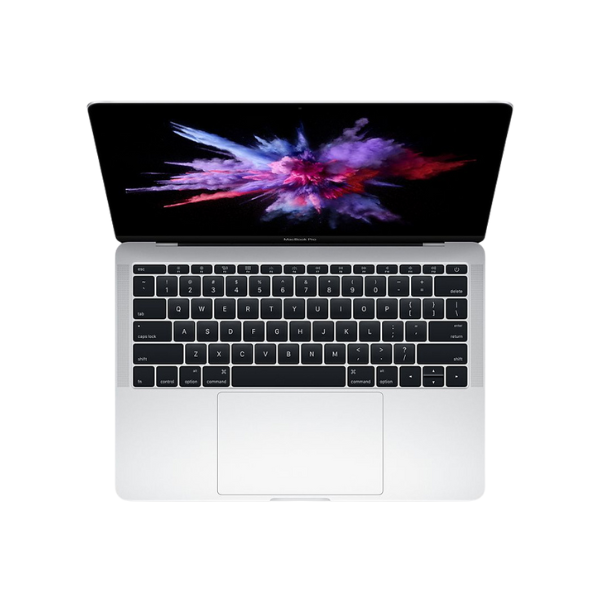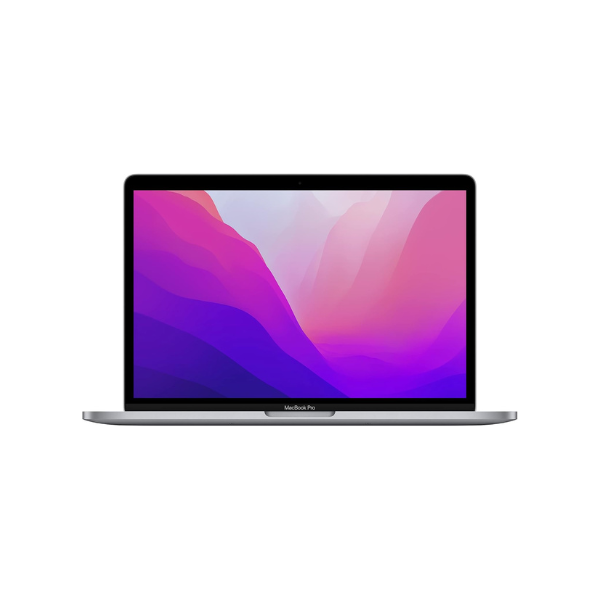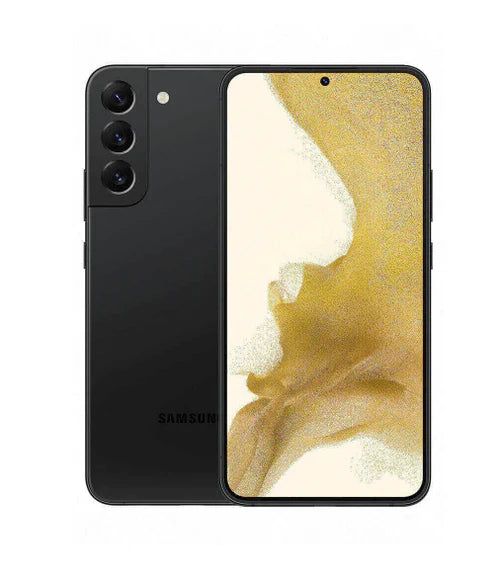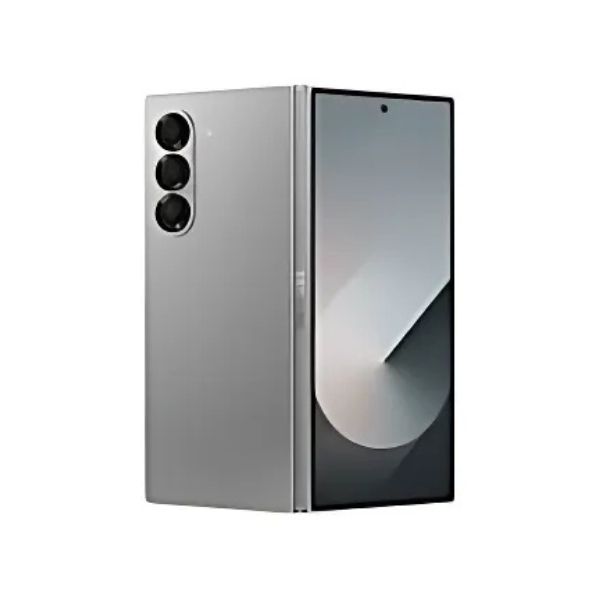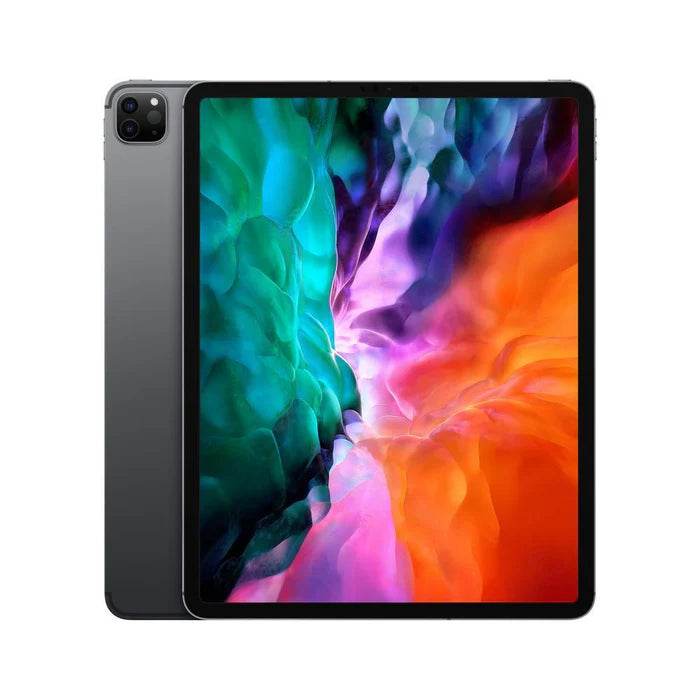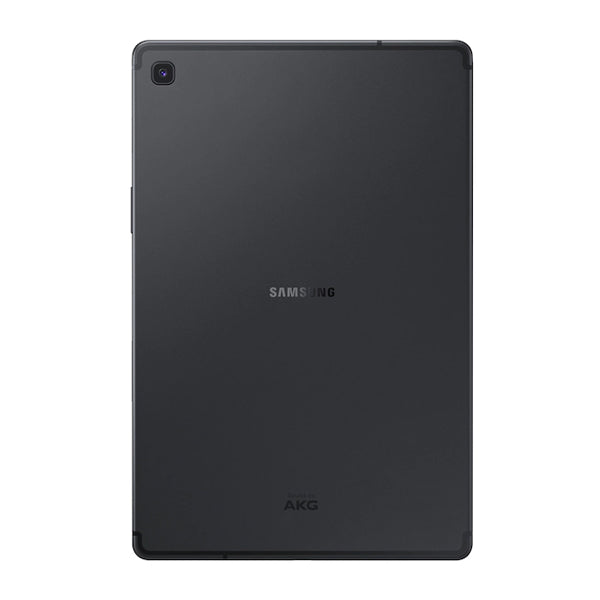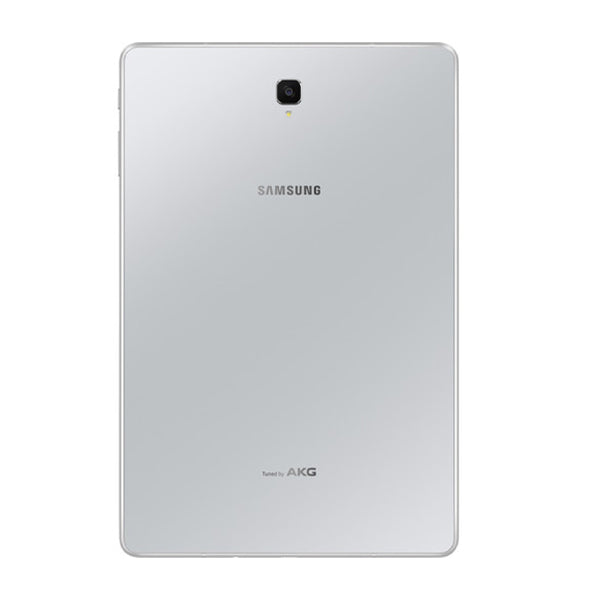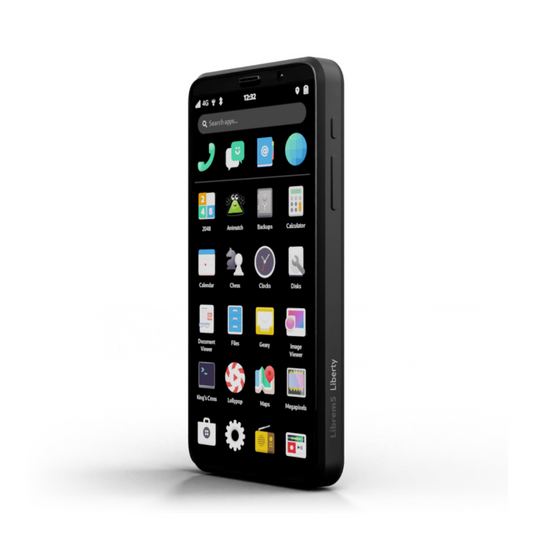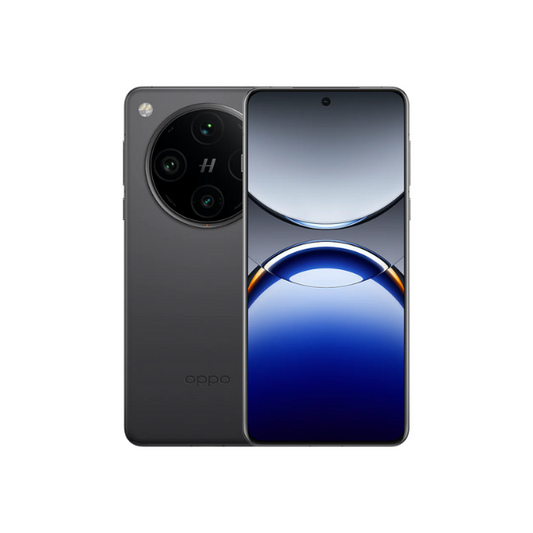Spilling water on a laptop can be alarming, but quick action can reduce permanent damage. Whether it is plain water, soda, coffee, or juice, liquid spills can affect the laptop keyboard, laptop screen, motherboard, and battery. Knowing the right steps helps prevent issues such as short circuits or data loss. Many people face laptop water damage and need guidance on both DIY methods and professional repair services. If your laptop is beyond repair, consider upgrading to refurbished laptops or MacBooks from trusted sources.
Emergency Steps to Take Immediately
The first few minutes after a spill are very important. If you spill water on your laptop, act quickly and follow safety steps to reduce serious damage.
-
Power off the laptop right away and remove the charging cable. This stops electricity from causing more harm to the inside parts.
-
Remove connected items from laptop ports such as USB, HDMI, or chargers. This avoids damage to ports and prevents current flow.
-
Take out the battery if it can be removed. This keeps the power off and protects the motherboard from short circuits.
-
Hold the laptop upside down to let any liquid drain out. This reduces the amount of water that stays trapped inside.
-
Gently wipe the outside with a microfiber towel. This helps soak up visible water and keeps it from spreading further.
Never use a hairdryer or heat gun directly on your laptop as excess heat can damage the motherboard or cooling system. For safer drying, use compressed air to push out moisture from the laptop fan and ports.
Drying Methods to Save the Laptop
After emergency steps, the drying process begins. Place the laptop in a dry area with airflow and leave it open in an inverted position. Many people try the rice method, but it is not always effective. Instead, silica gel packets or moisture-absorbing materials are better options. Drying time should be at least 24 to 48 hours.
For thorough cleaning, you may need to open the device with a screwdriver set. Cleaning the motherboard and battery connections with isopropyl alcohol prevents corrosion. Reapplying thermal paste when reassembling helps maintain proper cooling.
How to Clean Laptop Components Safely
For users confident with DIY laptop repair, cleaning the inside parts can be useful:
- Use a screwdriver set to carefully open the laptop casing.
- Check the laptop motherboard, battery, and fan for signs of moisture.
- Wipe with isopropyl alcohol to prevent corrosion.
- Replace thermal paste if necessary when reseating components.
This process requires caution and is better suited for those familiar with DIY electronics. If unsure, it is safer to visit a professional laptop repair shop.
When to Visit a Laptop Repair Shop
Even after drying, laptops may face issues like a keyboard not working, flickering screens, or battery problems. In such cases, visiting a professional laptop repair shop is recommended. A repair technician can test the motherboard, cooling system, and laptop fan to check for short circuits. Data recovery services are also available if you fear losing important files.
Warranty services from brands like Apple Support, Dell Support, Lenovo Support, or Microsoft Support for Surface devices may also cover repair options. However, accidental damage is often excluded from warranty coverage, so professional repair vs DIY must be carefully considered.
Cost of Laptop Repair After Water Damage
Repair costs vary depending on the brand and damage level. For common laptop brands in Australia such as HP, Dell, Lenovo, MacBook, Asus, and Acer, repair prices may include keyboard replacements, motherboard repairs, or battery changes. Sometimes, buying refurbished Dell Latitude, Lenovo ThinkPad, or Microsoft Surface laptops can be a cost-effective alternative to repair.
Preventing Future Laptop Water Damage
It is always better to prevent water damage. You can use a keyboard cover, waterproof laptop bag, or silicone case for protection. Keep drinks away from your laptop and make sure your workspace is safe. A cooling pad and clean fan also help reduce overheating after repairs.
If you are considering upgrading, explore affordable refurbished devices, including MacBook Pro, MacBook Air, and HP laptops. Roobotech also offers smartphones, tablets, and accessories for all needs.
Conclusion
Knowing how to get water out of a laptop quickly is essential to save your device. Emergency steps like turning off, unplugging, draining, and drying for 24–48 hours are necessary. Professional help should be considered if issues persist. In Australia, repair services and refurbished laptops are available to ensure you do not lose productivity. Whether you choose DIY or repair shop services, acting fast is the key to protecting your laptop from water damage.
FAQs
Can a laptop survive water damage?
Yes, a laptop can survive water damage if quick action is taken. Switching it off, draining the liquid, and leaving it to dry fully can often save the device.
How long should I leave my laptop to dry after water damage?
You should let your laptop dry for at least 24 to 48 hours before switching it on again. This waiting time gives the inside parts a better chance to dry safely.
Does rice really work for drying laptops?
The rice method does not dry laptops well and may leave moisture inside. Silica gel packets or proper drying tools work better and give safer results.
Should I repair my water-damaged laptop or buy a new one?
If repair costs are too high, you can choose refurbished laptops or MacBooks. They are a complete and affordable option that works as a budget-friendly solution.
What common problems occur after laptop water damage?
Common problems after water damage include keyboard not working, battery failing to charge, screen flickering, and possible motherboard short circuits.



